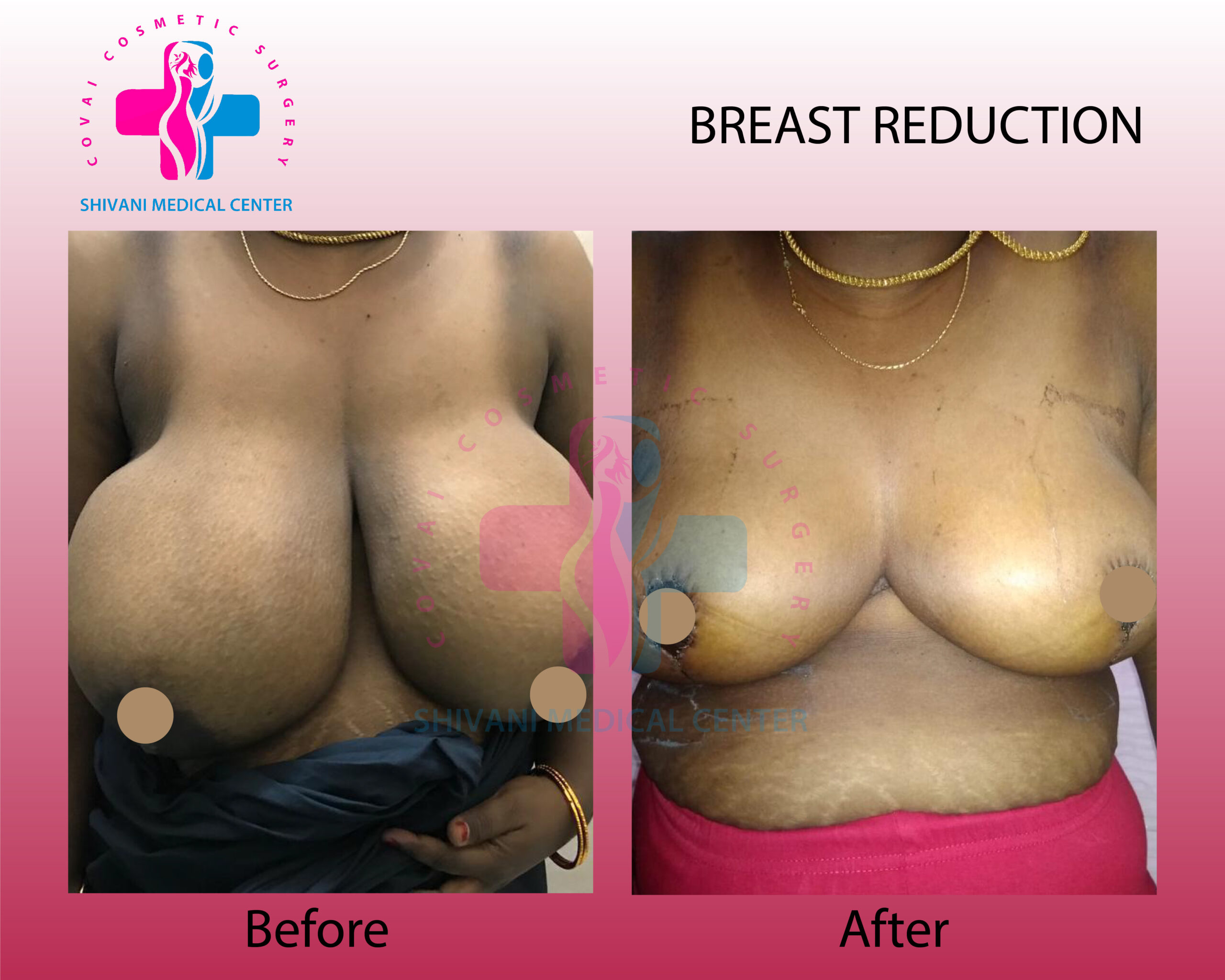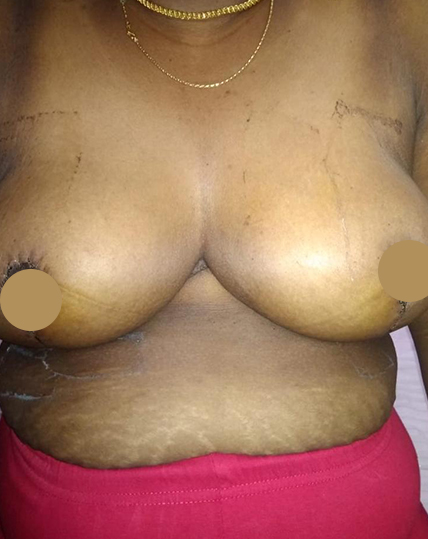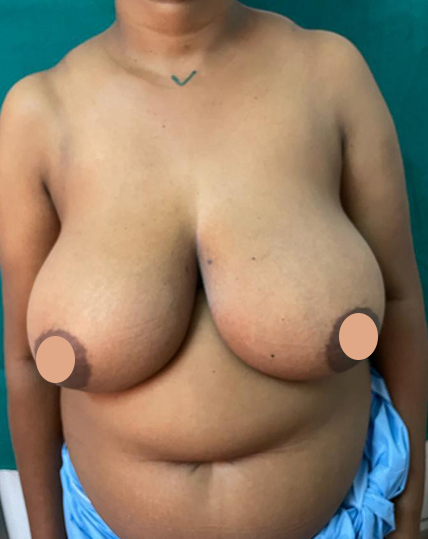Chest Reduction
- Home
- Chest Reduction

Breast ( Chest ) Reduction Surgery in Coimbatore
Breas-t Reduction surgery or Reduction mammaplasty is a reduction of the chest tissue to make the chests smaller and lighter. This commonly requested procedure helps in getting more proportionate chests to one’s frame. It alleviates the immense physical (Back pain, neck pain, bad posture, fungal infection in the lower chest fold) and social discomfort that a woman may be feeling due to the large chests. It corrects the asymmetry in the areola area and also in the chest sizes.
Our Service
- Face Surgeries
- Body & Chest
- Hair Treatment
- Laser Treatment
- Anti Aging
- Aesthetics


When does one need Breas-t Reduction?
You may need chest reduction if you have
- Large chests disproportionate to your body frame that make you conscious in everyday life.
- Large chests which have the areola that are pointed downwards
- Unhappy about chests being too large.
- If one chest is larger than the other.
- Shoulder pain, neck pain and back pain due to the heavy chests.
- Difficulty in breathing when you lie down due to the chests pressing the neck region in lying down position.
- Shoulder grooving due to bra straps
- Excess sweat or repetitive fungal infections due to the chest folds
- For the better fitting of clothes
- Betterment of poor posture.
What are the Pros and Cons of Breas-t Reduction?
Pros:
- Smaller chests and regained confidence.
- Lifted firmer chests
- Smaller areola size
- Relief from the neck, shoulder, upper back pain.
- Better breathing and exercising capability
Cons:
- Decrease sensations in certain areas which may include areola.
- Difficulty in chestfeeding.
What are the types of Breas-t reductions one can have?
The procedures of Breas-t reduction are varied: Liposuction: Although liposuction is performed in almost all chest reduction, it is used as an adjunctive procedure rather than the mainstay of treatment. It is usually used to reduce the fat component of the chests and the sides. Alone liposuction will only benefit females where they have a substantial fat component in the chests. This usually happens with post-menopausal women.
If one does liposuction alone the chests can be reduced only to a moderate degree with some amount of sagging from the procedure.
Doughnut Incision: This is also called the peri-areolar approach. Again this is of limited use and pertains to only certain types of chests.
Lollipop incision: The lollipop incision is the most common method now used in chests reduction worldwide. It has an incision around the areola and a line running vertically downwards from the areola to the chest crease.
Anchor incision: In very large chest often anchor incision is utilized to give a pleasing shape to the chests. This has an incision around the areola, vertically downwards to the crease and along the chests crease.
Procedure details
The surgeon will make elaborate markings on your chests before the procedure because once you lie down the chests change shape and it becomes the surgeon guide as to what tissue is to be removed and what to preserve.The procedure is carried out under General anesthesia and may require you to stay one night in the hospital. Usually drains are put during the surgery to drain out the collections that may happen in the post-operative periods. The drains are usually removed after a day. The procedure may last 3-5 hours or longer if associated procedures are to be performed. The skin that one sees on the upper part of the areola comes down and the remaining chest tissue is draped to give a lifted areola, firmer and rounder chests. The areola is shifted up and can be made smaller.
Precautions before surgery?
One should be in a stable healthy condition before one opts for this surgery. You should have realistic expectations from the surgery. One must disclose the full medical history to the surgeon including what medications one is taking on a regular basis. If you have a fungal infection around the chest or anywhere else, that will need to be cured before you opt for this surgery.
Results expected
One can expect a pleasing rounder shape of the chests which are lifted, firmer and younger looking than the previously large, disproportionate chests. Selecting a surgeon one should select a surgeon based on qualifications, experience with chest reduction and one’s comfort level with the surgeon.
Making the most of one’s consultation
It is advisable that one should have two consultations before the surgery to gain comfort with the surgeon and have all the questions answered. After the first consultation, you should read about the procedure and note down questions that come to your mind and have them answered in your next consultation.




